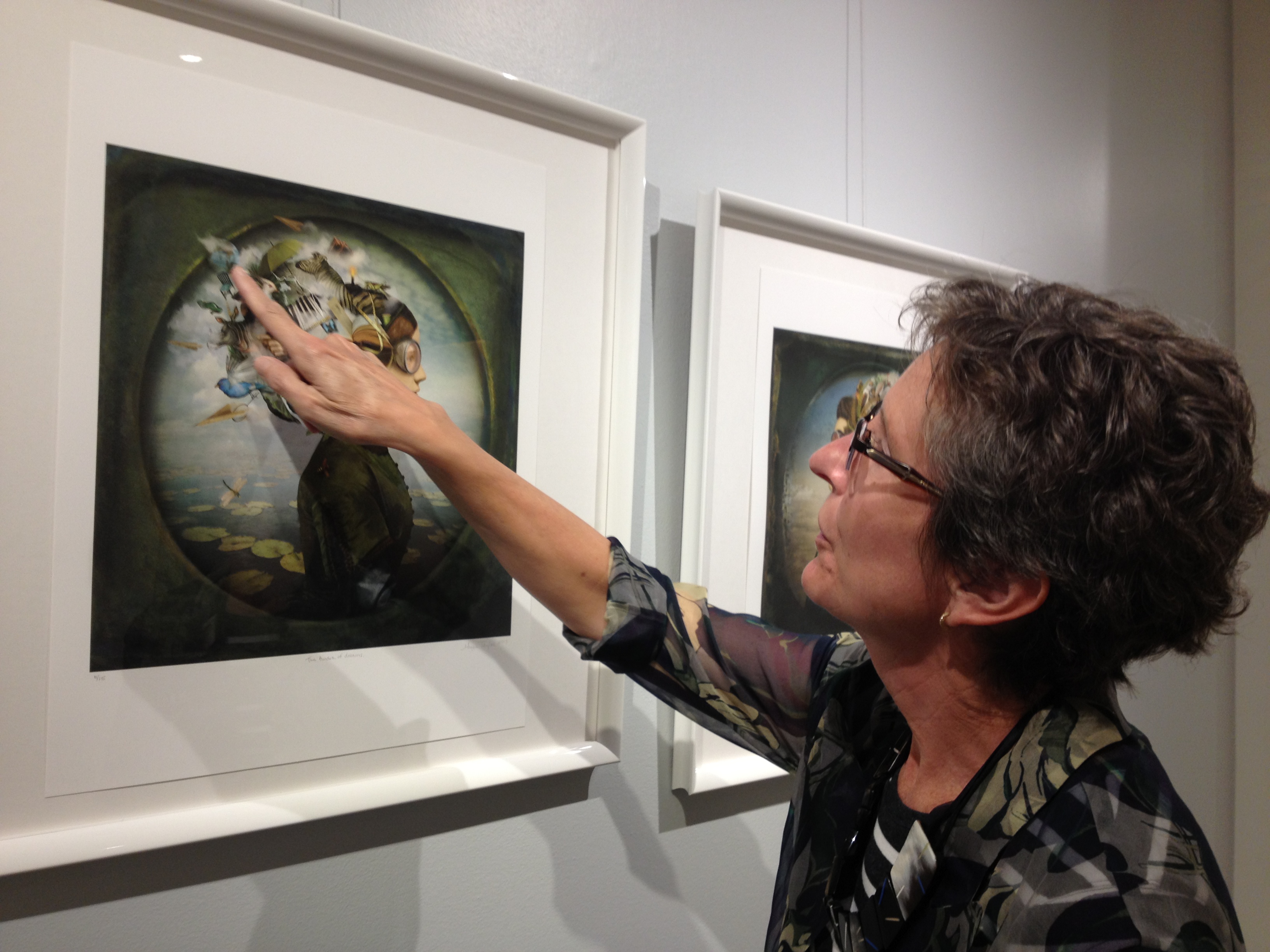
22 Nov Artist Interview: The Inimitable Maggie Taylor
I have been a fan of Maggie Taylor’s surreal dream-like images for almost a decade, ever since a friend used her digital collages as cover artwork for his homemade CDs. Taylor combines 19th century daguerreotypes, original photographs, scanned objects and old etchings, to produce fantastic, imaginative, and mysterious images. I first described her work while covering the Digital Darkroom exhibit at the Annenberg Space for Photography in 2011, and was excited to meet Taylor in person and discuss her art work during the signing of her latest book, No Ordinary Days, at the JoAnne Artman Gallery in Laguna Beach.
Can you tell me a little bit about your process? I understand it is very involved.
I collect stuff, all kinds of things. I collect old photographs, I collect old toys, I collect bits and pieces of fabric and I scan them in or photograph them if they won’t fit on the scanner. If it’s something big like an umbrella I have to photograph it with my little point-and-shoot camera. Then I make tons and tons of layers in a Photoshop file and put them all together, so it’s a digital collage. They don’t exist outside of the computer. The whole process is very slow and I seem to only make ten or twelve images in an average year so its sometimes a few weeks or a month sometimes even two three months an image sits in my computer.
Give me a better idea of what tons and tons of layers is … ?
Sometimes there can be well over two hundred layers, two or three hundred layers in some of them if they involve a lot of little bugs or moths or parts of clothing and that sort of thing
You mentioned bugs and moths. When I think of your art work I think of real objects in this surreal arrangement. Nature plays a really strong role, and I wanted to know a little more about that.
I am a person who regrets the fact that I work indoors at a desk. I love nature, I love my garden, I love being outside and I live in Florida, which is beautiful, so I try to spend as much time as I can outside. It’s kind of an antidote to sitting at the computer and working. Whenever I can if I find something interesting I bring it in and scan it an incorporate it in my work.
I am curious about the process of you collecting your objects. Is it a constant hunt? Are you on the search for certain things?
There is really a lot of chance involved. I like to place myself in situations where I might discover good objects so I go to a lot of antique fairs and flea markets. In the winter, Florida has really good antique fairs and outdoor flea markets so I’ll go and spend a day and walk and see what I find. I am always looking for 19th century photographs but I might also be intrigued by an old set of dominoes or an old doll with a really interesting fabric dress, you just never know. It’s the fun of the hunt.
Tell me about the draw of using 19th and the early 20th century photographs
I absolutely love 19th century photographs because they represent a very different point in time. The attitude that people had towards photography back then was so different. Most people if they were lucky enough to have their portrait taken with a camera only did it once in their life. It’s not like today where we are snapping portraits of our friends constantly.
The people in these older portraits had to sit still for a fairly long exposure. Photographers used braces behind people’s waists or heads to help them hold still. They often leaned on tables. If someone blinked, their eyes might look a little bit out of focus or blurred. Sometimes you can see a finger or hand that moved. Because of these circumstances, they have these very staid and somber expressions.
I noticed there are all these fantastic landscapes but people don’t seem very happy in them
I wouldn’t say they don’t seem happy I would say that they almost seem like sleepwalkers in a way or dream people that are just kind of there…meditating.
I read you were a philosophy major, and the titles of your work and the narrative created from them seems to indicate something internal that you’ve made external on the canvas.
Many times I am starting to work on images and I don’t have an idea of what the finished piece is going to be and they grow out of my own internal dialogue as I’m working. I might have a dream, I might have some little bit of a memory, or some little bit of a story running around in my head that gets filtered into the work. It’s really kind of random and I never know as I am working what I am going to end up with.
So the last thing I do is come up with a title. It’s really at the very end of the process of working on an image, and it can be difficult to decide on. I like the titles to have a very open-ended quality that makes people question, “is this really the correct title for this image or why is that the title for that image?”
That is interesting, when I look at the titles the first thing I think is that there is a psychological tie
There only is in the loosest possible way. In a very loose way there is a psychological tie or a philosophical tie because it gets filtered through our minds in some way as you are coming up with these things but I don’t mean them to be at all instructive or lead you think “XYZ” I would rather it be the whole alphabet as the possibility.
What would be the ideal impact on a viewer when they see your work?
I really want people to come away with questions about the image and to be able to come back to it more than one time and get something different out of it every time.
Maggie Taylor’s work is on display at the JoAnne Artman Gallery 326 N Pacific Coast Hwy, Laguna Beach (949) 510-5481



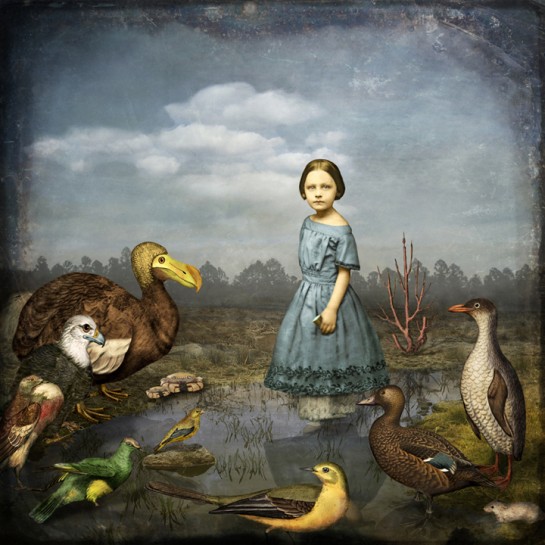
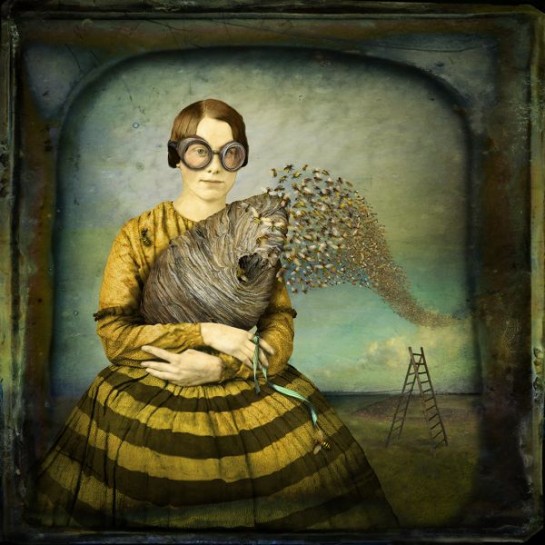
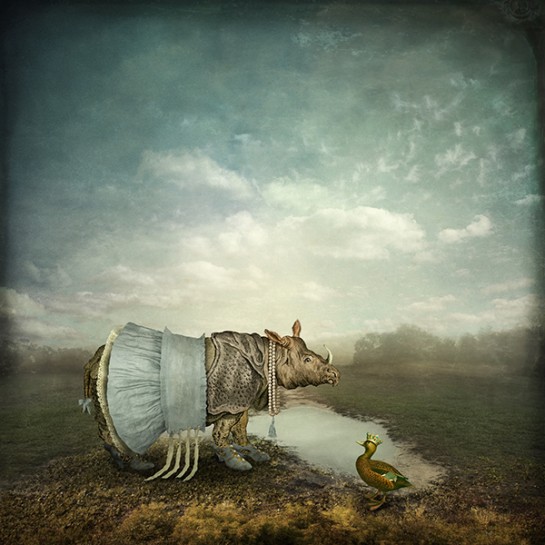
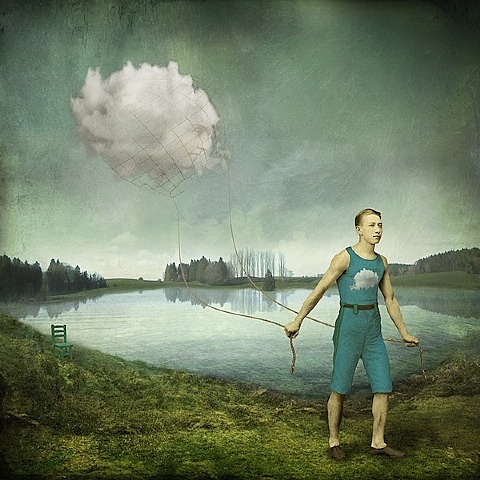
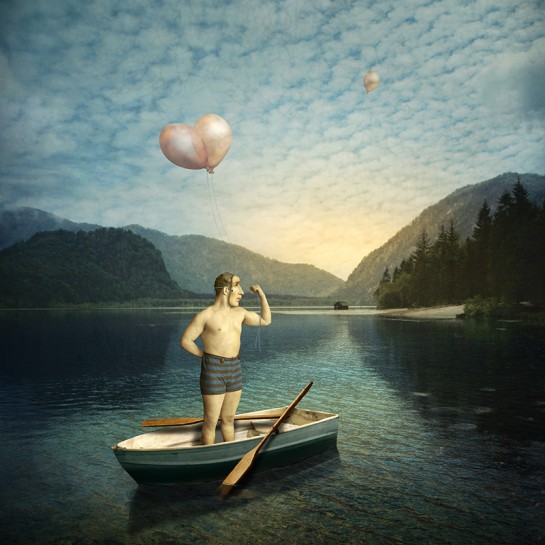
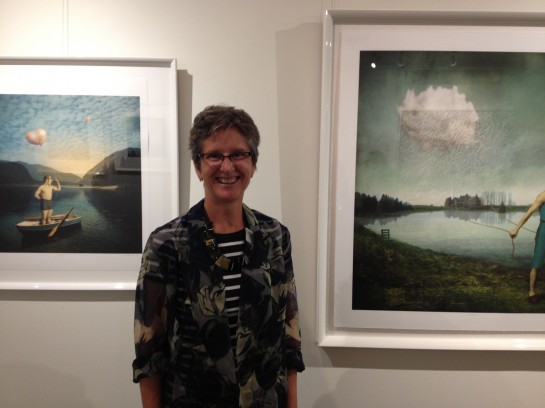

Pingback:Maggie Taylor's Flights of FancyDan Bailes
Posted at 12:37h, 09 April[…] Still, her flights of fancy don’t arrive full blown, rather they evolve. Maggie explains, from an interview in OC Art Blog: […]